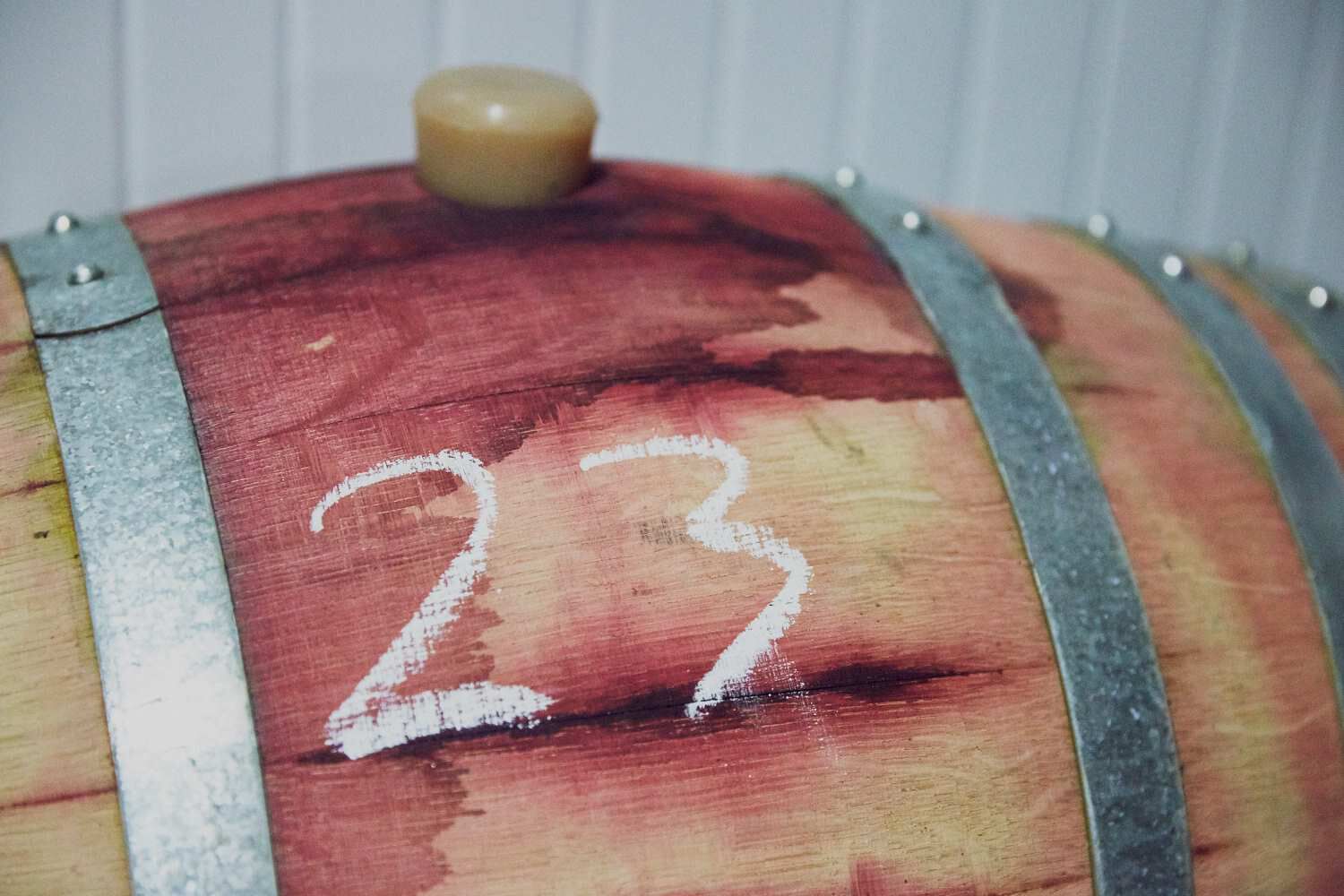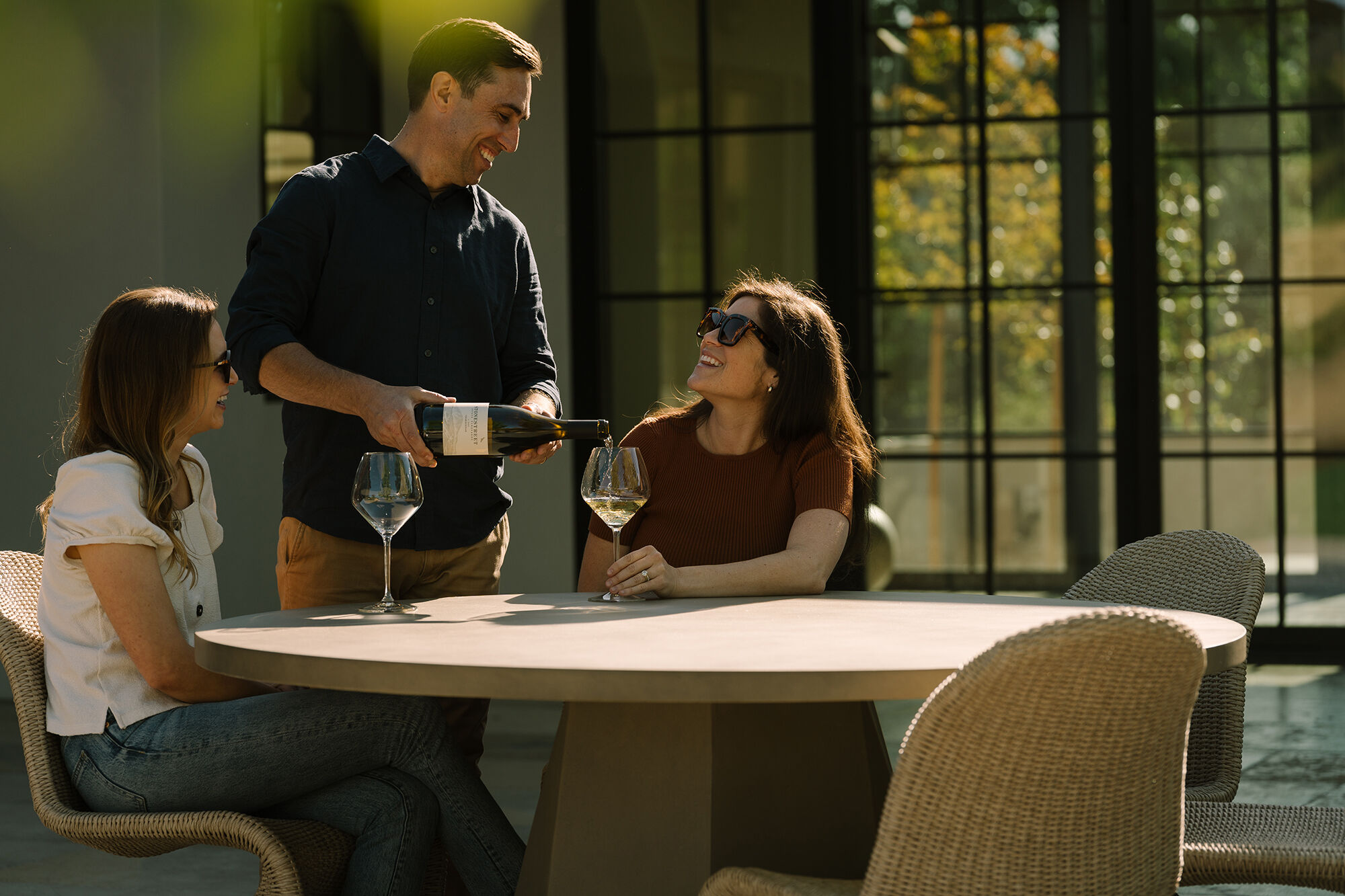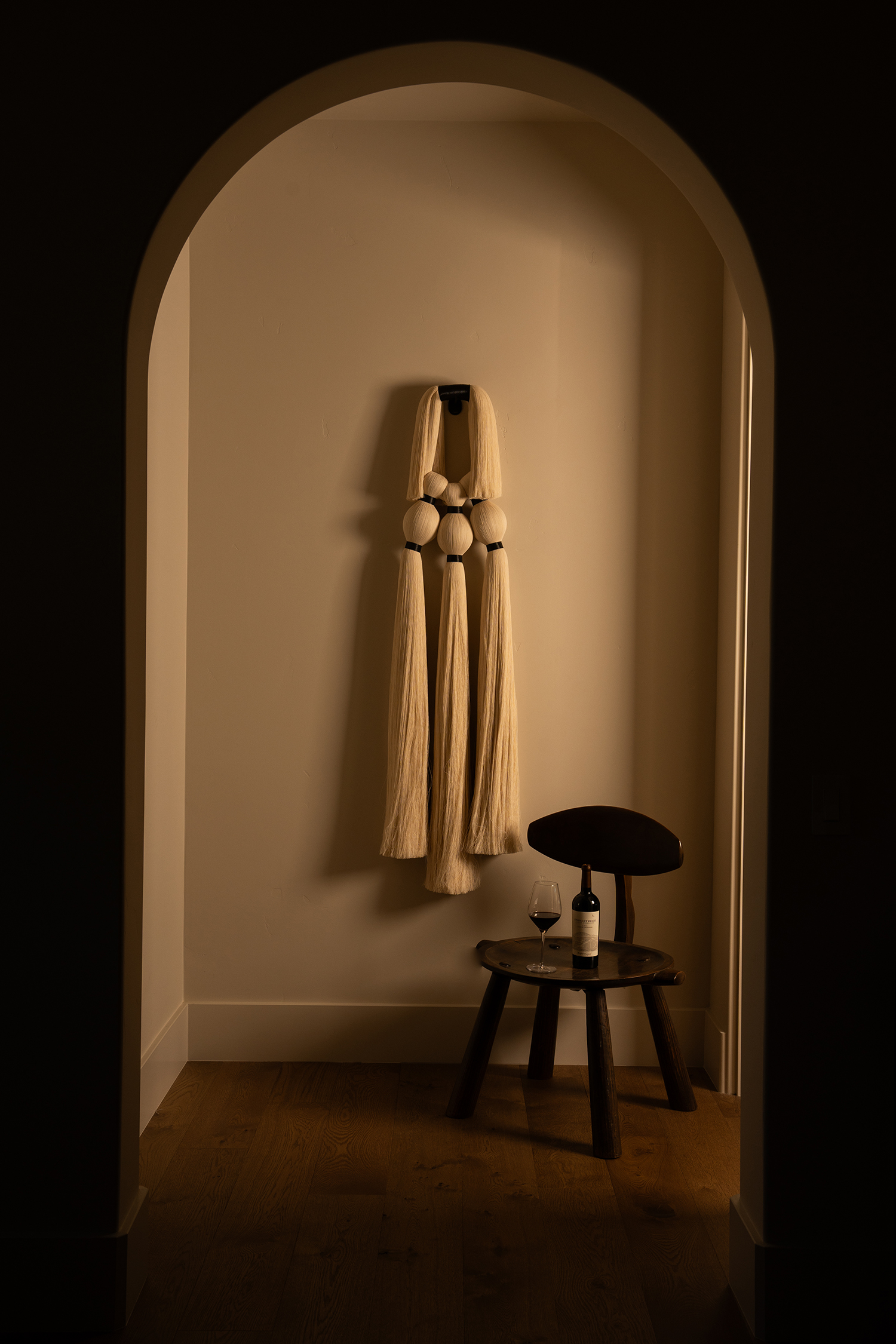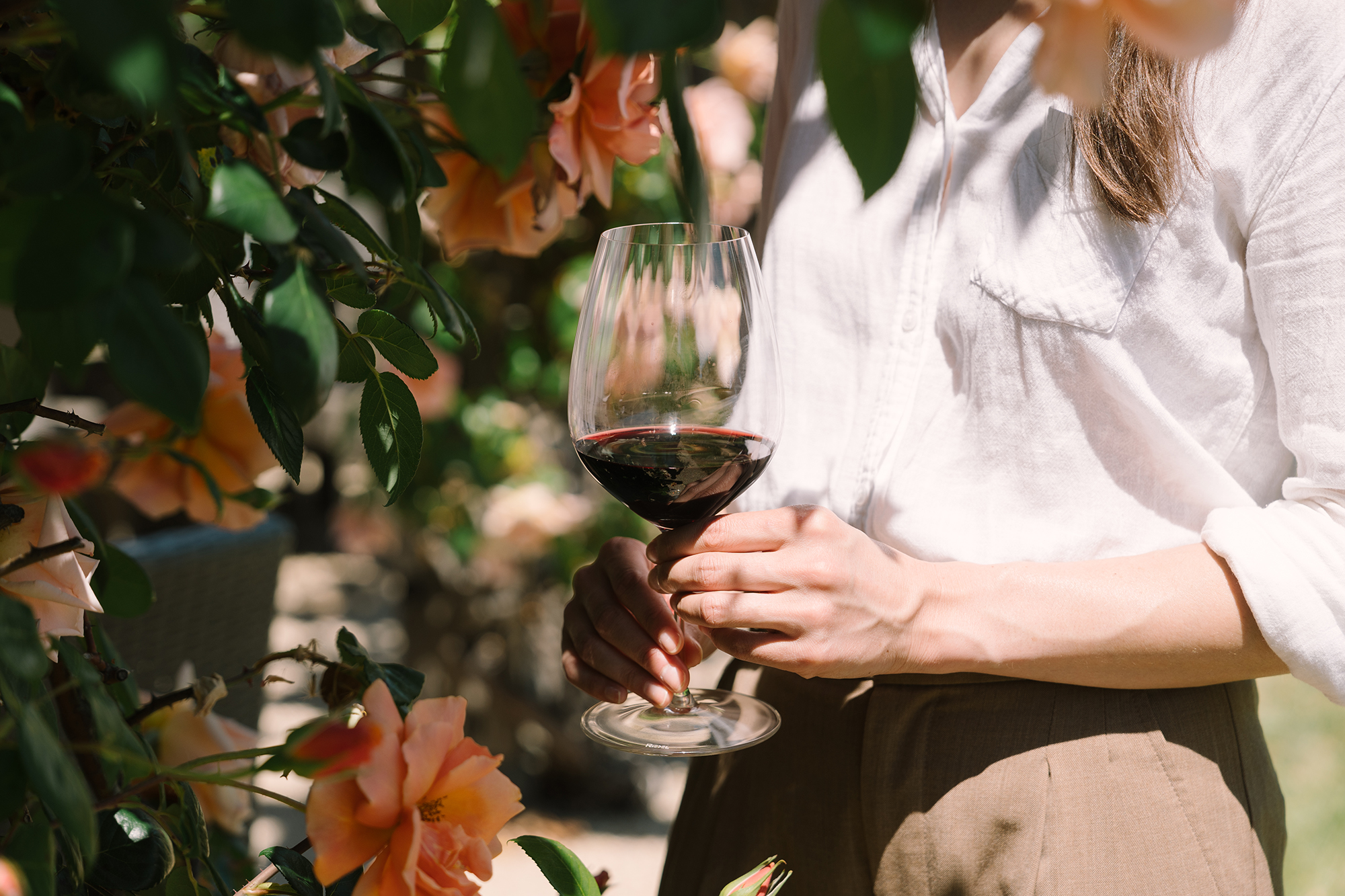Fanatical About Wine Barrels: Why Barrel Sourcing Matters
The sourcing of oak is just as critical as the sourcing of grapes. Oak barrels are used throughout the fermentation and aging process to shape a wine prior to bottling. Similar to grape quality, the characteristics of a barrel start in the forest and are further defined by the construction and toasting of the interior. The more we know and learn about certain forests and toasting profiles, the more we can refine the exact characteristics desired for a barrel to complement a wine. We want each wine we craft to have distinctive attributes that stand out and intrigue you. Explore Cabernet Sauvignon.
The forest in your glass
Barrel quality starts in the forest. The characteristics of the individual forests can also play a role in selecting the right barrel for each wine. Soil type, climate conditions, and seasonal environment all factor into the quality and characteristics of the oak. Like a vineyard, an oak forest will benefit from certain soil types that allow for slower growth of the trees—stressing the roots, making the trees work harder. Slower growth helps achieve extra fine grain in the wood, which is a very desirable attribute for oak barrels.
At Stonestreet, we closely analyze each of these factors to select just the right oak for our barrels. We prefer French oak above all others for both our red and white wines. French oak offers a tighter grain and lower density when compared to American oak, for example. This allows for a more porous surface, which aids in the natural oxygenation of the wine through the fermentation and aging process, adding to complexity and extending the aging potential of the finished product. French oak also offers higher levels of phenolic compounds, which impart flavors and aromas to the wine and add tannins, again increasing the aging capacity. French oak tends to contribute a spicy clove aroma to the wine versus the more vanilla or brown sugar quality of American oak. New oak offers the highest concentration of these attributes. Barrels will often be used for approximately five years before being considered “neutral”.

Building the barrel
Once the oak is harvested, the wood is split along the grain into staves. These staves are then set out to air dry or “season” for 10 to 36 months. The seasoning process allows harsh, bitter tannins and unwanted chemicals to be flushed out of the wood, mellowing the oak. After the staves have been seasoned for the desired length of time, the cooper will construct the barrel.
The staves are heated until pliable, allowing the cooper to bend them into the desired shape, in conjunction with metal hoops. Once the circumference of the barrel is complete, the interior of the barrel is then toasted over an open flame, leaving the inside slightly charred. Exposing oak staves to a flame helps break down sugars and tannins within the wood, allowing these compounds to integrate more easily (or differently) into wine. Different levels of toast impact the flavor profile of the final wine and it is up to the winemaker to determine the level that best suits their wines. Most cooperages refer to the different levels of toast as light, medium, medium plus or heavy, but others may have their own specific name for each toasting level or style. With a heavier toast, the profile will have a smoky characteristic, while a milder toast can impart a vanilla or spicy character to the wine. The toasting may also impact the texture or mouthfeel of the wine.

Barrel-shaped wines
Our winemaking team treats barrel selection like an a la carte menu, selecting the forest the oak is sourced from, the length of seasoning for the staves, and the desired level of toasting on the walls of the barrel versus the head. These factors are carefully considered based on the specific needs of each vineyard and each wine we produce. Our goal is to ensure the fruit quality shines, and that you experience the unique expression of each wine coming from our mountain estate.
Our most sought-after Cabernet Sauvignons are primarily allocated to the Wine Club. See wine club benefits and how to join



 Large.jpeg)